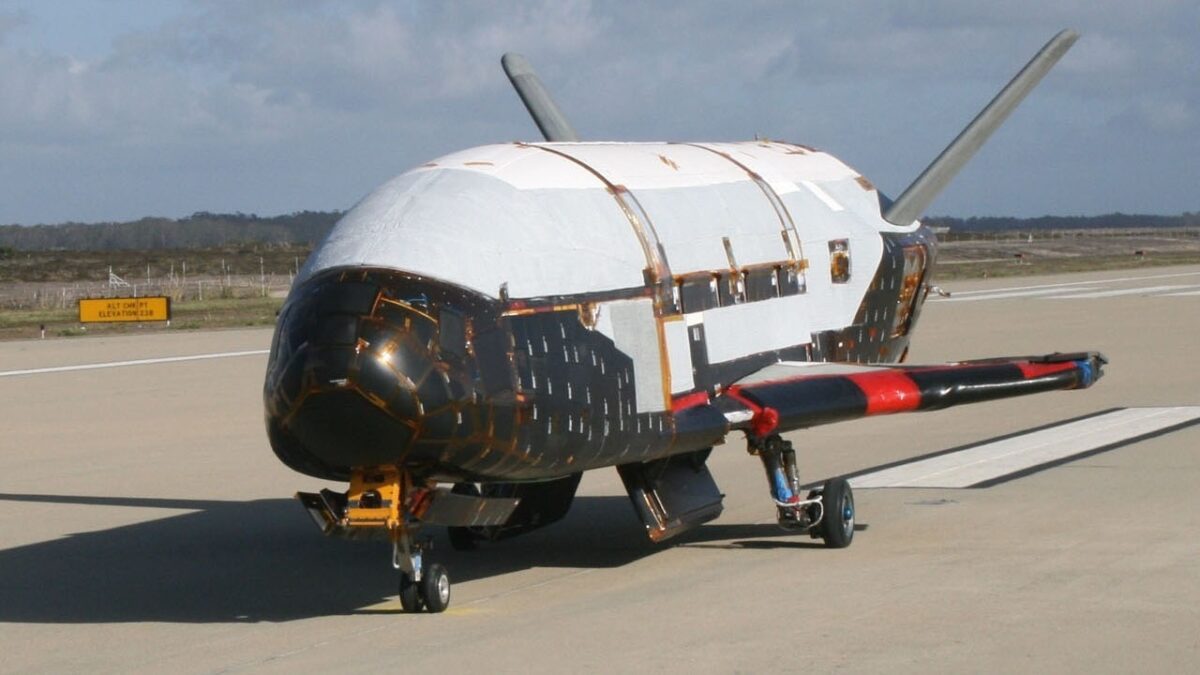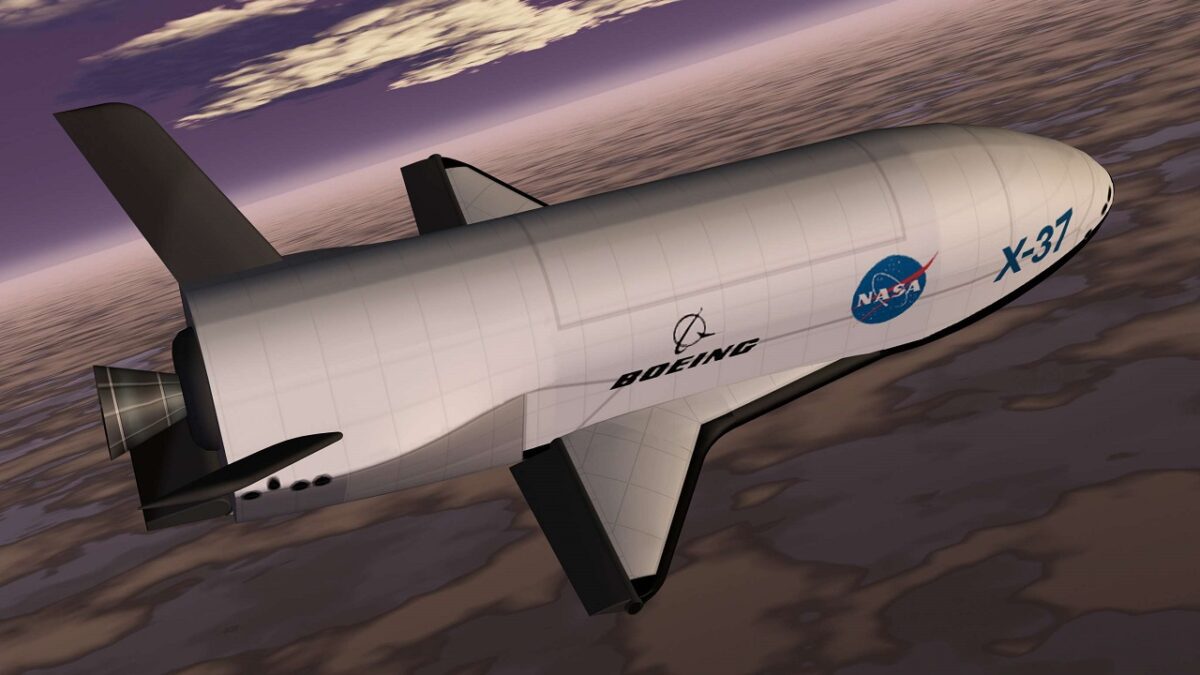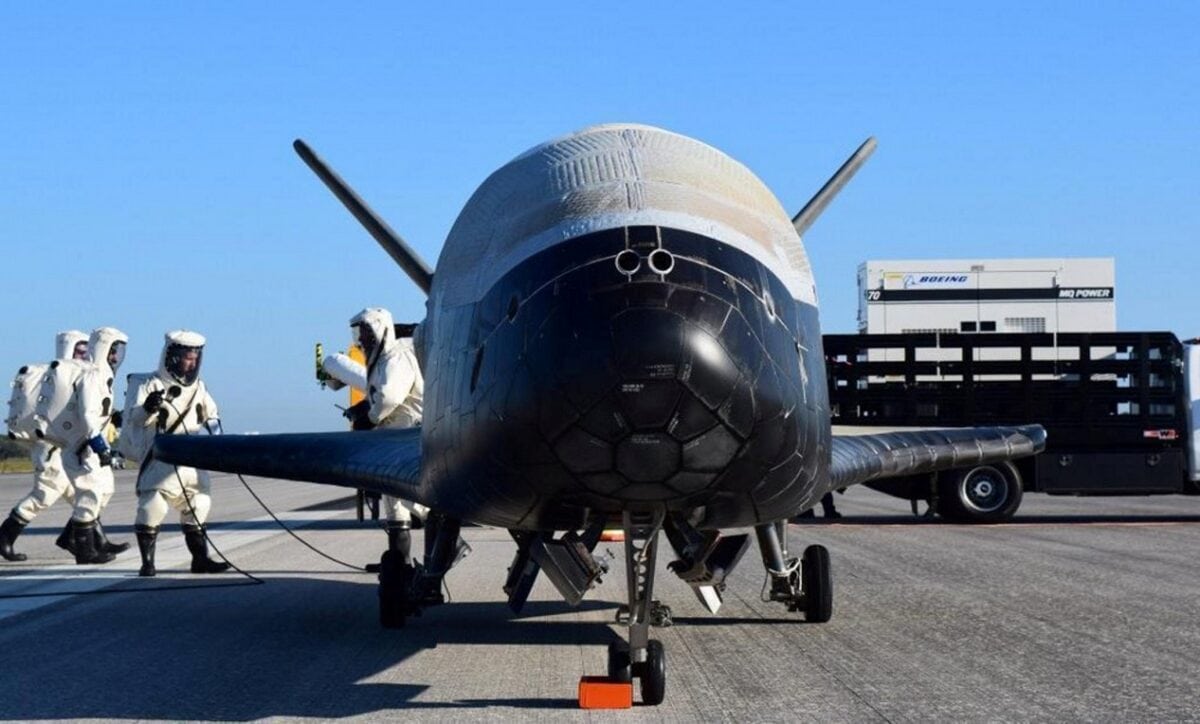On Wednesday, the United States Space Force’s robotic X-37B space plane made history, after remaining in Earth orbit for 781 days – breaking its previous record of 780 days. The reusable vehicle, which was designed and built by Boeing, is currently on its sixth mission
Known as Orbital Test Vehicle-6 (OTV-6), it was launched on May 17, 2020.
“781 days and counting! The world’s only reusable spaceplane, #X37B, has set another endurance record — as it has on every mission since it first launched in 2010. Congratulations to the
@USAirForce, @SpaceForceDOD, and all our teammates who support X-37B! #SemperSupra,” Boeing Space (@BoeingSpace) announced earlier this week via a tweet.
The X-37B’s current mission includes several classified payloads, but those that have been publicly disclosed consist of a test of the U.S. Naval Research Laboratory’s Photovoltaic Radio-frequency Antenna Module (PRAM), a small device aimed at converting solar power into microwaves which can then be beamed back to Earth from orbit. OTV-6 was the first X-37B mission to use a service module to host experiments.
“This sixth mission is a big step for the X-37B program,” said Randy Walden, director and program executive officer for the Department of the Air Force Rapid Capabilities Office at the time of the launch in 2020. “This will be the first X-37B mission to use a service module to host experiments. The incorporation of a service module on this mission enables us to continue to expand the capabilities of the spacecraft and host more experiments than any of the previous missions.”
The service module is an attachment to the aft of the vehicle that allows additional experimental payload capability to be carried to orbit.
Mission Success
The Air Force had successfully completed five X-37B missions: OTV-1 through OTV-5. All of those missions were launched from Cape Canaveral Air Force Station, Florida, beginning with its first launch on April 22, 2010. OTV-1 through OTV-3 all landed at Vandenberg Air Force Base, California, while OTV-4 and OTV-5 landed at Kennedy Space Center in Florida.
Through the five completed missions, the X-37B has spent a total of 2,865 days on orbit, successfully checking out the X-37B’s reusable flight, reentry, and landing technologies as well as operating experiments to benefit the national space community.
Past Mission Stats
*OTV-1 launched on April 22, 2010, and landed on Dec. 3, 2010, spending over 224 days in orbit.
*OTV-2 launched on March 5, 2011, and landed on June 16, 2012, spending over 468 days in orbit.
*OTV-3 launched on Dec. 11, 2012, and landed on Oct. 17, 2014, spending over 674 days in orbit.
*OTV-4 launched on May 20, 2015, and landed on May 7, 2017, spending nearly 718 days in orbit.
*OTV-5 launched on Sept. 7, 2017, and landed on Oct. 27, 2019, spending nearly 780 days in orbit.
Spotlight on the OTV
The X-37B Orbital Test Vehicle (OTV) was developed by Boeing for the United States Air Force as an experimental test program to demonstrate technologies for a reliable, reusable, unmanned space test platform. Its primary objectives are to test reusable spacecraft technologies for America’s future in space, and for operating experiments, which can be returned to, and examined, on Earth.
NASA’s original X-37 program began in 1999 and was transferred to DARPA in 2004. It is now under the domain of the United States Space Force’s Delta 9, which was established and activated on July 24, 2020.
“Delta 9 Detachment 1 oversees operations of the X-37B Orbital Test Vehicle, an experimental program designed to demonstrate technologies for a reliable, reusable, unmanned space test platform for the U.S. Space Force,” the unit’s fact sheet explains.

In a testing procedure, the X-37B Orbital Test Vehicle taxis on the flightline March 30, 2010, at the Astrotech facility in Titusville, FLa. (Courtesy photo)



The U.S. Airforce’s X-37B Orbital Test Vehicle mission 4 after landing at NASA’s Kennedy Space Center Shuttle Landing Facility in Cape Canaveral, Florida, U.S., May 7, 2017. U.S. Air Force/Handout.
Its mission is to prepare, present, and project assigned and attached forces for the purpose of conducting protect and defend operations and providing national decision authorities with response options to deter and, when necessary, defeat orbital threats.
Even as OTV-6 has set a new duration record for the X-37B program, at 781 days, it is far from the overall spaceflight mark, according to Space.com. Many Earth-observation satellites operate for 10 or more years, for example, while NASA’s Voyager 1 and Voyager 2 spacecraft are still alive in interstellar space, nearly 45 years after lifting off.





